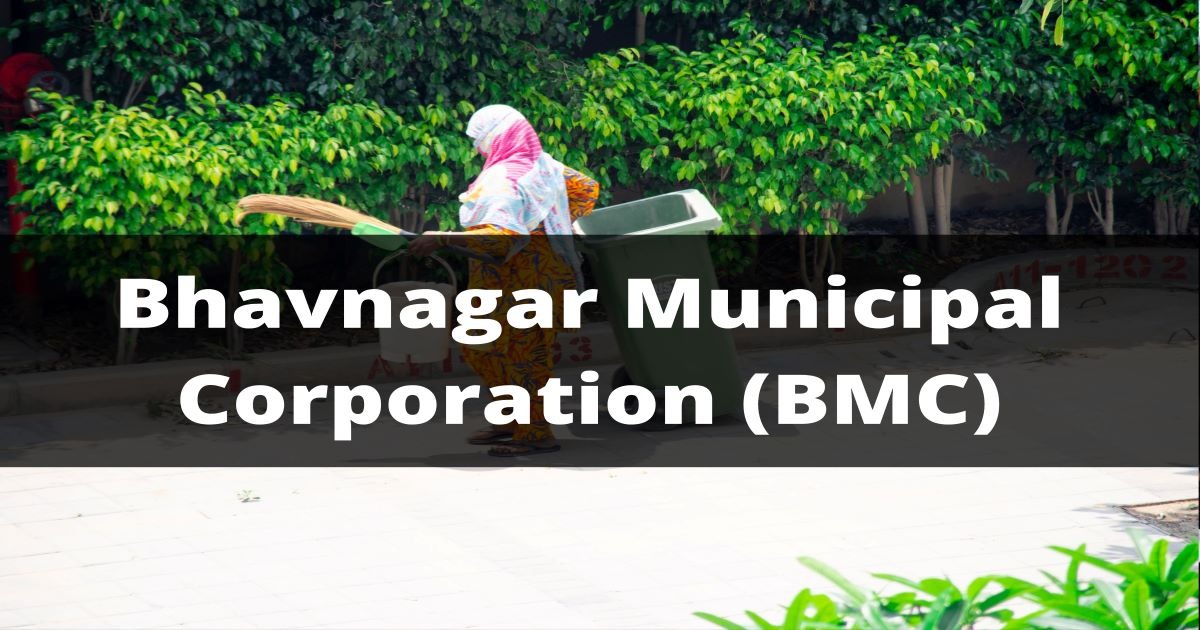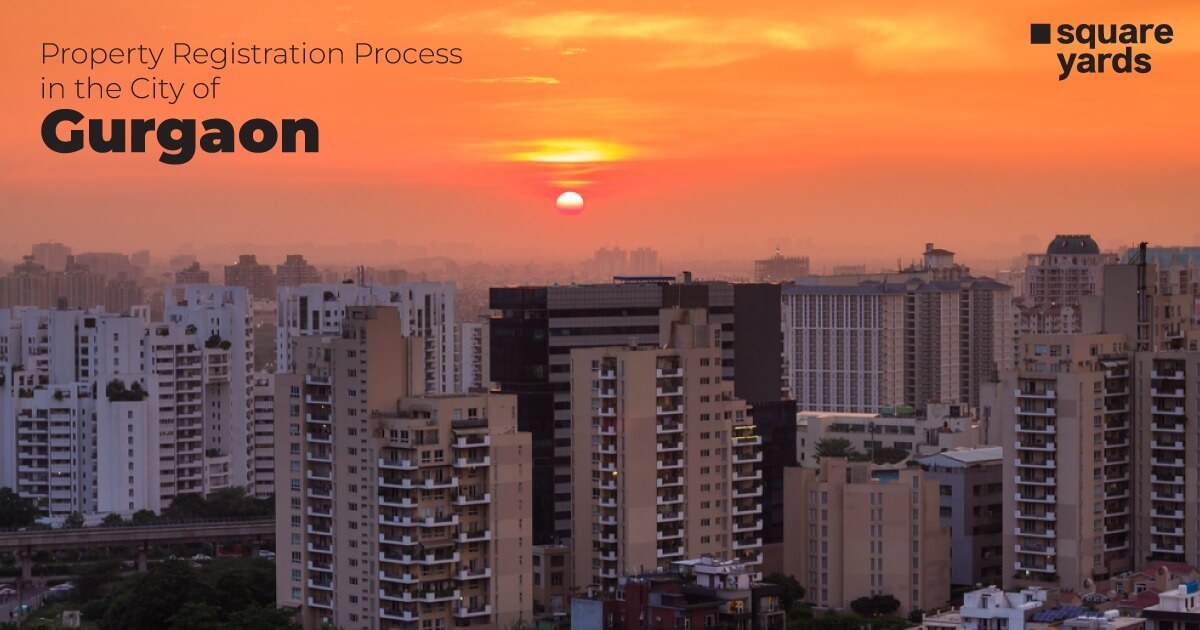As a part of its commitment towards sustainable & inclusive growth, Government of India (GOI) has announced its “Housing for All” scheme. The mission envisages to provide housing for everyone by 2022. According to this plan the government will require to build a total of 110 million units by 2022. This will also include the present shortage of 60 million units.
It will set up the pace for developing low-cost housing units for economically under privileged sections of the societies. The mission will aggressively focus Economically Weaker Sections (EWS) of society with an income of INR 3 Lacs annually & Lower Income Group (LIG) with an income of INR 3-6 lacs. Nearly 85 to 90% of the housing costs will be focused on the urban areas of India due to higher prices of land.
Salient Features
Mentioned below are the salient features of the Housing for All Scheme:
- A total of 110 million housing units are required to be rolled out by 2022. However, the number is an estimation as the exact numbers will be decided with the data shared by various individual cities & states.
- It will require a total investment of USD 2 trillion or USD 250 billion annually till 2022.
- Under the Housing for All scheme, the interest subsidies have been increased to 6.5%. Previously it was 4.98% & 3.33% for EWS & LIG respectively.
- The monthly EMI will come down to a modest INR 4,050 from INR 6,632 for a loan amount of INR 6 lacs for 15 years’ time period.
- The Housing for All scheme is closely interlinked with the Smart City Plan in India. Although the Housing for All will cover all the over 4,000 towns in India, the initial phase will target the 100 Indian Smart Cities.
- The ownership of the houses would be either given to the female head of the family or in the form of a joint ownership of the male & female head of the family.
- Interestingly the Housing for All is also associated with an environmental friendly technological aspects, in which increasingly adoptive, innovative & greener technologies & materials will be used, which cannot only ensure a faster execution but also a sustainable & ecofriendly living.
Economic Impact
It is believed that the Housing for All, can be a great boost to the Indian economy in the coming years. The overall contribution of real estate industry in the Indian GDP is roughly around 6%. With its forward & backward integration with 250 other large industry segments, the overall significance, which the sector holds is even larger. Hence a gigantic project as big as the Housing for All is expected to make a quantum impact on the economy.
Estimations indicate that through Housing for All, the Indian GDP can get an annual boost of up to 3.5% by the year 2022. Some of the key markets that will be benefited the most will be industries related to the construction sector such as Cement, Iron & Steel. There will be a massive surge in employment opportunities as well especially in the construction sector. It is estimated that through Housing for All, there will be an addition of 160,000 annual man hour of work.
Although economic benefits will be distributed all across the states, U.P, Maharashtra & West Bengal are expected to be the biggest beneficiaries.
Bottlenecks & Challenges
Although a great mission with humble objectives, it is not devoid of bottlenecks & challenges. Mentioned below are some of the major bottlenecks in implementing the Housing for All mission.
- One of the key challenges towards the ambitious scheme will be capital & investment flow. Presently investment in the realty sector is increasing at a CAGR of 5-6%, which implies that by 2022, the total investment in the sector will be roughly around USD 1.5 billion. This means there will be a shortage of USD 500 billion.
- In order to realize the ambitious mission a further investment of USD 1.5 trillion will be required to upgrade infrastructure.
- The rising land & construction cost will add up to the cost factor of the Housing for All Scheme.
- At present a total of over 30 permissions & licenses are required, which makes the overall process of building construction very cumbersome & time-taking. Likewise limited funding channels for developers & higher cost of credit further add to the cost of construction.
- The lower FSIs in the Indian urban areas have resulted into poor utilization of land, which will be a bottleneck for the successful implementation of the Housing for All Scheme. Likewise poor urban land utilization further adds to the housing prices.
Impact on Real Estate Market
Notwithstanding the several challenges which Housing for All might have, it is expected that once realized it can significantly influence the overall real estate landscape of India besides helping the economy to expand by further 3.5%.
Every year India adds 10 million residents in its cities 7 with this pace by 2050, the total number of urban dwellers are expected to reach over 80 million. However, in spite of a rapid pace of urbanization, a large volume of population still lives under miserable condition due to higher cost & lower affordability. In this regards, the government’s objective to develop decent quality affordable housing for the economically under-privileged sections of the society won’t just be a great relief in the living conditions of such households but also a great boost to the government’s urbanization centric economic growth plans.
However, this also calls for the government to undertake necessary steps in the form of enhancing the existing Public-Private-Partnership, increased coordination between various housing stakeholders, delegation of power to urban administrative bodies, streamlining regulation & licensing processes, rationalization of fees & taxes & empowerment of the EWS & LIS households along with introduction of innovations to cut down the project & constriction cost.






































